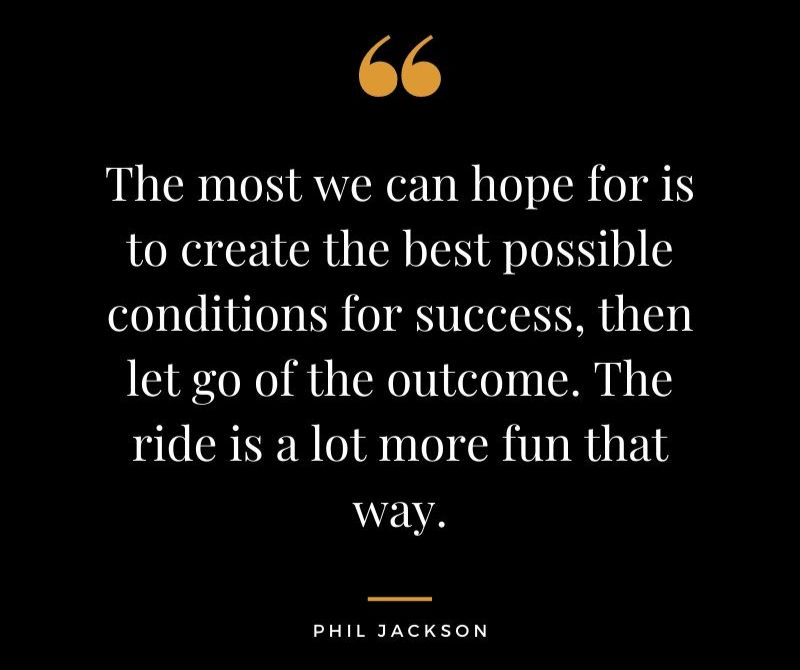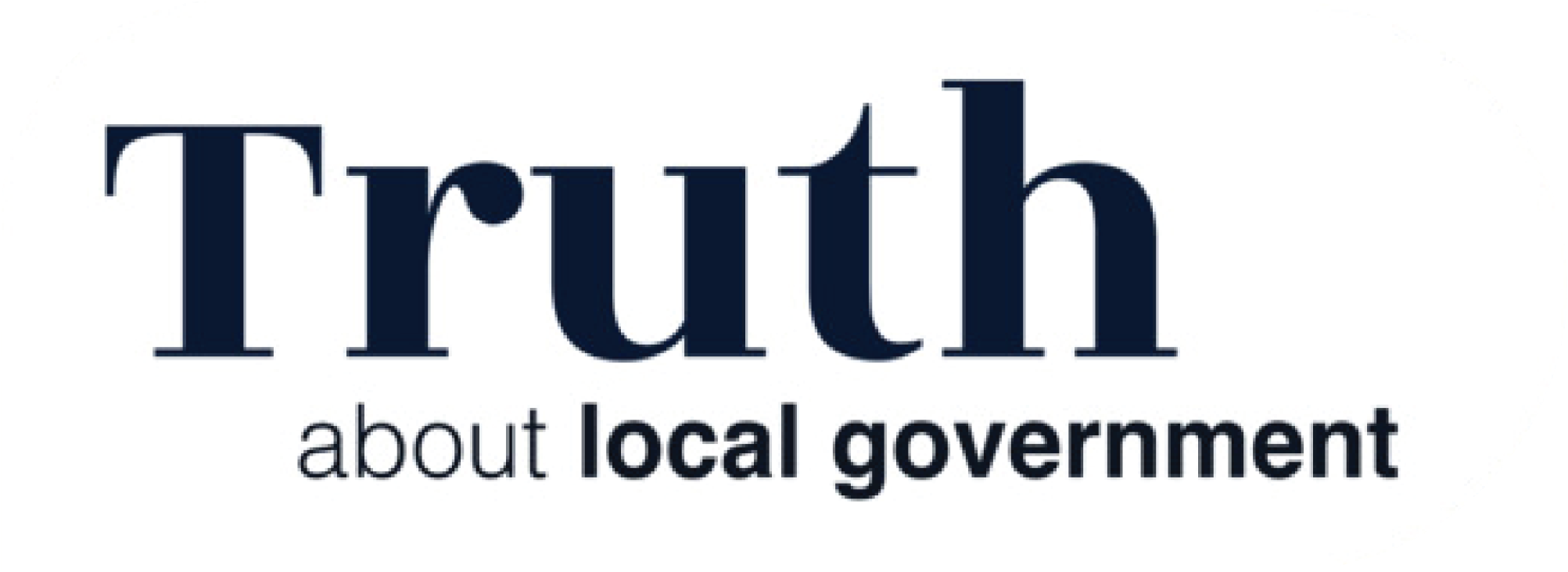Why Should Anyone Be Led by You? Lessons in Authentic Leadership for Local Government
- truthaboutlocalgov
- Jul 8
- 7 min read
Updated: Jul 9
In a world where leadership is often associated with charisma, authority, and strategic prowess, Rob Goffee and Gareth Jones pose a far more personal—and disarming—question: Why should anyone be led by you? This deceptively simple query lies at the heart of their influential book, which challenges conventional leadership models and encourages a more human, authentic approach to leading others.

Rather than focusing on technical competence or hierarchical power, Goffee and Jones argue that effective leadership is fundamentally relational. It’s not about commanding from the front—it’s about connecting with people in a way that inspires trust, loyalty, and shared purpose. As they put it,
“Leadership is relational. People choose to be led.”
For local government officers, this message is both timely and essential. In a sector where trust, transparency, and community engagement are paramount, leadership is not just about delivering services—it’s about inspiring people, building relationships, and creating environments where others can thrive. Whether managing a team, leading a department, or engaging with residents, the ability to lead authentically is a critical asset.
This blog explores the key themes of Why Should Anyone Be Led by You? and how they apply to leadership in local government—where the stakes are high, the scrutiny is constant, and the opportunity to make a difference is profound.
1. Leadership Begins with Self-Awareness
Goffee and Jones argue that effective leadership starts with knowing yourself. This means understanding your strengths, weaknesses, values, and motivations—and being honest about them.
“You cannot be a good leader without self-knowledge,” they write. “It is the foundation of authenticity.”
Authentic leaders don’t try to be all things to all people. Instead, they embrace their individuality and lead in a way that is true to who they are. They are aware of how they come across to others and are willing to adapt without compromising their core identity.
In local government, where leaders often operate in politically sensitive and resource-constrained environments, self-awareness is not a luxury—it’s a necessity. It helps leaders remain grounded, make ethical decisions, and avoid the trap of trying to please everyone. It also builds credibility—people are more likely to follow leaders who are genuine, consistent, and self-aware.
For example, a council leader who understands their natural tendency to dominate discussions might consciously step back to create space for quieter voices. A service manager who knows they struggle with delegation might work to empower their team more effectively. These small but intentional acts of self-awareness can significantly enhance leadership impact. Moreover, self-awareness is not static—it evolves. Leaders must continually reflect on their experiences, seek feedback, and remain open to growth. As Goffee and Jones note,
“Leadership is a journey into yourself.”
2. Show Your Human Side
One of the most compelling insights from the book is the importance of showing vulnerability. Contrary to traditional leadership stereotypes, Goffee and Jones found that the most inspiring leaders are those who are willing to reveal their humanity. They don’t pretend to have all the answers. Instead, they are open about their limitations and willing to learn from others.

“People will not follow you if they don’t believe you are real,” the authors write. This authenticity is not about oversharing or being emotionally exposed—it’s about being relatable, approachable, and sincere.
This is particularly relevant in local government, where leaders are often expected to be both experts and role models. The pressure to appear infallible can be immense. Yet, by showing humility and openness, leaders can foster trust and psychological safety within their teams. This, in turn, encourages innovation, collaboration, and honest dialogue.
For instance, a director who admits they don’t have all the answers during a period of organisational change may actually strengthen their credibility. By inviting input and acknowledging uncertainty, they demonstrate respect for their team’s intelligence and experience.
Showing your human side also means being emotionally present. It means recognising when a colleague is struggling, celebrating small wins, and being willing to say, “I was wrong.” These moments of vulnerability are not signs of weakness—they are acts of courage that build connection and loyalty.
In the words of Goffee and Jones:
“To be a good leader, you have to be yourself—but with skill.” That skill lies in knowing when and how to reveal your humanity in service of the people you lead.
3. Read the Room—and Respond
Great leaders are not only self-aware—they are also highly attuned to the people around them. Goffee and Jones describe this as the ability to “read the room”—to pick up on subtle cues, understand unspoken concerns, and adapt their approach accordingly. This is not about being reactive or overly accommodating; it’s about being emotionally intelligent and socially perceptive.
In their words, “Inspirational leaders are those who are able to sense the context in which they operate and adjust their behaviour accordingly.”
This ability to tune in to the emotional and psychological climate of a group is what separates good leaders from great ones. In local government, this skill is invaluable. Whether engaging with residents at a public consultation, collaborating with elected councillors, or managing internal teams, leaders must be able to sense what people need and respond with empathy and agility. This might mean adjusting communication styles to suit different audiences, recognising when morale is low and taking steps to lift it, or knowing when to push forward with a new initiative and when to pause and regroup.

For example, a leader might notice that a team is unusually quiet during a meeting. Rather than pushing through the agenda, they might pause to ask how people are feeling, creating space for honest dialogue. Or, during a community engagement event, a leader might pick up on subtle resistance and shift their tone from directive to collaborative, inviting more input and building trust.
This kind of responsiveness is not about manipulation—it’s about connection. Leaders who listen deeply and respond thoughtfully are more likely to build strong, resilient teams and communities. They create environments where people feel seen, heard, and valued.
Moreover, reading the room is not just about individuals—it’s about understanding the broader organisational and political context. In local government, where change is constant and stakeholders are diverse, leaders must be able to navigate complexity with sensitivity and insight. As Goffee and Jones put it,
“Leadership is situational. What works in one context may fail in another.”
4. Capitalise on What’s Unique About You
Rather than conforming to a generic leadership mould, Goffee and Jones encourage leaders to “capitalise on what’s unique about you.” This means identifying your distinctive qualities—whether it’s a sense of humour, a background in community work, a passion for storytelling, or a calm presence under pressure—and using them to connect with others in a meaningful way.
“Effective leaders deploy their differences to great effect,” the authors write. “They don’t try to be something they’re not—they make the most of who they are.”
This approach is a powerful antidote to the idea that leadership must look or sound a certain way. It opens the door for more diverse, inclusive, and authentic leadership styles.
In local government, where authenticity and relatability matter deeply, this approach can be especially powerful. Leaders who bring their whole selves to work—who share their passions, experiences, and quirks—are often more engaging and memorable. They also create space for others to do the same, fostering a culture of inclusion, psychological safety, and innovation.
For instance, a leader with a background in youth work might use that experience to connect with young residents and advocate for youth services. A leader with a talent for humour might use it to defuse tension and build rapport. These personal touches are not distractions from leadership—they are its essence.
Importantly, capitalising on your uniqueness also means being aware of how it is perceived. Goffee and Jones stress the importance of “selective vulnerability”—sharing enough of yourself to be relatable, but not so much that it undermines your credibility. It’s about being strategic and intentional in how you express your individuality.
Ultimately, the message is clear: don’t try to fit into someone else’s leadership mould. Instead, discover what makes you different—and use it to lead in a way that is both authentic and effective.

5. Create Conditions for Others to Succeed
One of the most powerful and enduring messages in Why Should Anyone Be Led by You? is that leadership is not about the leader—it’s about the people they lead. Goffee and Jones emphasise that the best leaders are not those who dominate the spotlight, but those who create the conditions in which others can thrive. As they succinctly put it,
“Leadership is not about you. It’s about them.”
This shift in perspective is both liberating and transformative. It reframes leadership from a position of control to one of service.
Rather than asking, How can I get the best out of people?, authentic leaders ask, How can I create an environment where people can be their best?
In the context of local government, this principle is especially relevant. Officers are not only responsible for delivering services—they are also responsible for enabling teams, departments, and communities to flourish. This means building inclusive workplaces where everyone feels valued and heard, supporting professional development through mentoring and training, and championing staff wellbeing in the face of increasing demands.
Creating the conditions for others to succeed also extends beyond the organisation. It means engaging communities in meaningful ways—co-designing services with residents, listening to feedback with humility, and sharing power through participatory processes. It’s about recognising that leadership is not a solo act, but a collective endeavour.
For example, a local authority leader might empower frontline staff to redesign a service based on their lived experience and insights. Or they might involve residents in shaping a neighbourhood regeneration plan, ensuring that the solutions reflect local priorities and aspirations. These acts of empowerment not only improve outcomes—they also build trust, ownership, and civic pride.
Importantly, creating these conditions requires intentionality. It means removing barriers, providing resources, and celebrating success. It also means being willing to step back and let others shine. As Goffee and Jones remind us, “The best leaders are those who make others feel that they are the ones who matter.”

Conclusion: Leadership as a Relationship
Why Should Anyone Be Led by You? is not a checklist or a formula—it’s a philosophy. It challenges leaders to move beyond performance and position, and to focus instead on relationships, authenticity, and impact. It asks leaders to be brave enough to be themselves, wise enough to understand others, and generous enough to put people first.
For those working in local government, this message is particularly resonant. In a sector built on public trust and collective effort, leadership is not about commanding—it’s about connecting. It’s about being real, being present, and being committed to the people you serve.
This kind of leadership is not always easy. It requires vulnerability, self-awareness, and emotional intelligence. It demands that leaders listen more than they speak, support more than they control, and lead not from above, but alongside. But the rewards are profound. Leaders who embrace this approach build stronger teams, more resilient organisations, and more inclusive communities. They inspire loyalty, foster innovation, and leave a legacy that goes beyond policies and performance metrics.
So the next time you step into a meeting, a community forum, or a team briefing, pause and ask yourself: Why should anyone be led by me? The answer may just be the beginning of your most powerful leadership journey yet.



